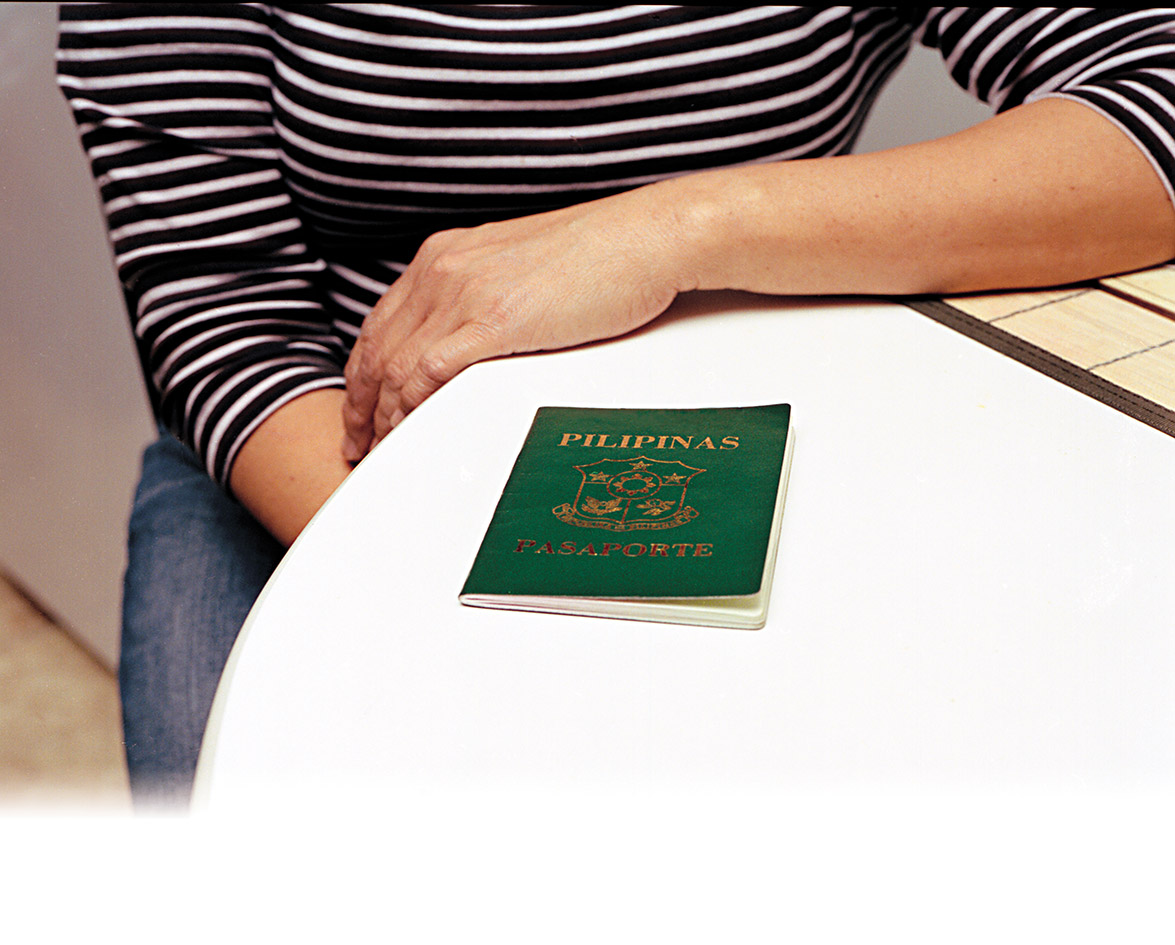There are a lot of sad faces. Tears flow as your family sees you off to a foreign land. Your husband and children hug you tight, wishing that you didn’t have to go. A mantra echoes inside your head, “This is all for the best; this is all for the best!” Although you are hesitant to leave your family and the only place you’ve known, you know that leaving for a few years is the only way to give them a brighter future. As you get closer to boarding the plane, you try to memorize every detail of your husband’s face, every curve and every line; you do the same with your children. With a heavy heart and knots in your stomach, you pull away from them with all your strength, and head towards the gate. As the plane takes off, you prepare yourself for a journey to a strange place full of uncertainty. This is the story of many Filipino women.
The Live-In Caregiver Program
Life in the Philippines is a struggle. The unstable economy forces many Filipino women to work abroad to support their families. The easiest way for them to work in Canada is through the Live-In Caregiver Program, also known as the LCP. For many Filipino women, the LCP is a valuable opportunity to work overseas, provide for their families, and eventually bring them to Canada.
According to Human Resources Development Canada, the Canadian government developed the LCP in 1992 to meet Canada’s need for live-in nannies. This program replaced the Foreign Domestic Movement, which was implemented by the Philippine government in 1972 as a means of bringing more dollars into the country.
Approximately 80 per cent of domestic workers in Canada are Filipino women. According to Citizenship and Immigration Canada, Filipinos’ ability to speak and understand English and their high levels of education make them favourable employees.
The Decision To Become A Live-in Caregiver
In August 2002, Cecil Clavio arrived in Canada through the LCP. Cecil, a homemaker and mother of three boys, applied to the program to provide a better future for her family. She would not have left her country if she were more financially stable. But her husband, a sales associate for a small company, does not make enough money to support her and their three sons. The couple’s financial problems put a strain on their marriage, and Cecil felt that she had to take action. Through her sister, she learned about the LCP and decided to come to Canada.
According to Immigration Canada, the program has four main requirements. First, participants must have the equivalent of a Canadian high school education. Second, they must know English or French. Third, they have to complete a six-month Caregiver course in the Philippines with an institution affiliated with the LCP. Finally, there must be a written employment contract between the employer and employee.
The program requires Canadian employers to provide a room for their caregivers and pay a monthly tax of $350 to the Canadian government. This tax includes employment insurance. The contract for the LCP is always between the employer and employee. Human Resources Centre Canada provides the employer with a list of tasks from which they choose the services they will require. The employee can apply for permanent residency for herself and her family after successfully completing two years in the program.
The Struggle To Be Reunited With Family
Simple and straightforward, this program looks like a wonderful opportunity. Sacrifice two or three years of your life and you and your family will have the chance to live in Canada. There are, however, many struggles that must first be faced.
For Cecil Clavio, being separated from her family is difficult. She keeps in touch with her husband and sons regularly, but phone calls are not enough. As days pass, she feels the gap between her and her family increasing. Her children are rebelling against their father, and she feels that her absence is the cause.
Aside from bearing the pain of being away from her family, Cecil is one of the luckier Filipino women; she is treated fairly by her employer and the contract is honoured. Some caregivers, however, are overworked and are paid inadequately. Employers, aware of the desperation to bring families to Canada, take advantage of the caregivers. Unfortunately, most of the caregivers whose services are being abused choose to bear the hardships. They do this so that they can quickly complete their two years of obligation. Caregivers can seek another employer, but it is not easy. Many women can’t afford to waste time looking for a new employer while their families back home depend on the money they send.
Many Filipinos strive to fulfill their dreams of a better life by coming to North America. This is why so many women choose to work in a foreign place as caregivers. But is the sacrifice worth it? For Cecil, the opportunity to provide a wonderful life for her family makes it all worthwhile.











